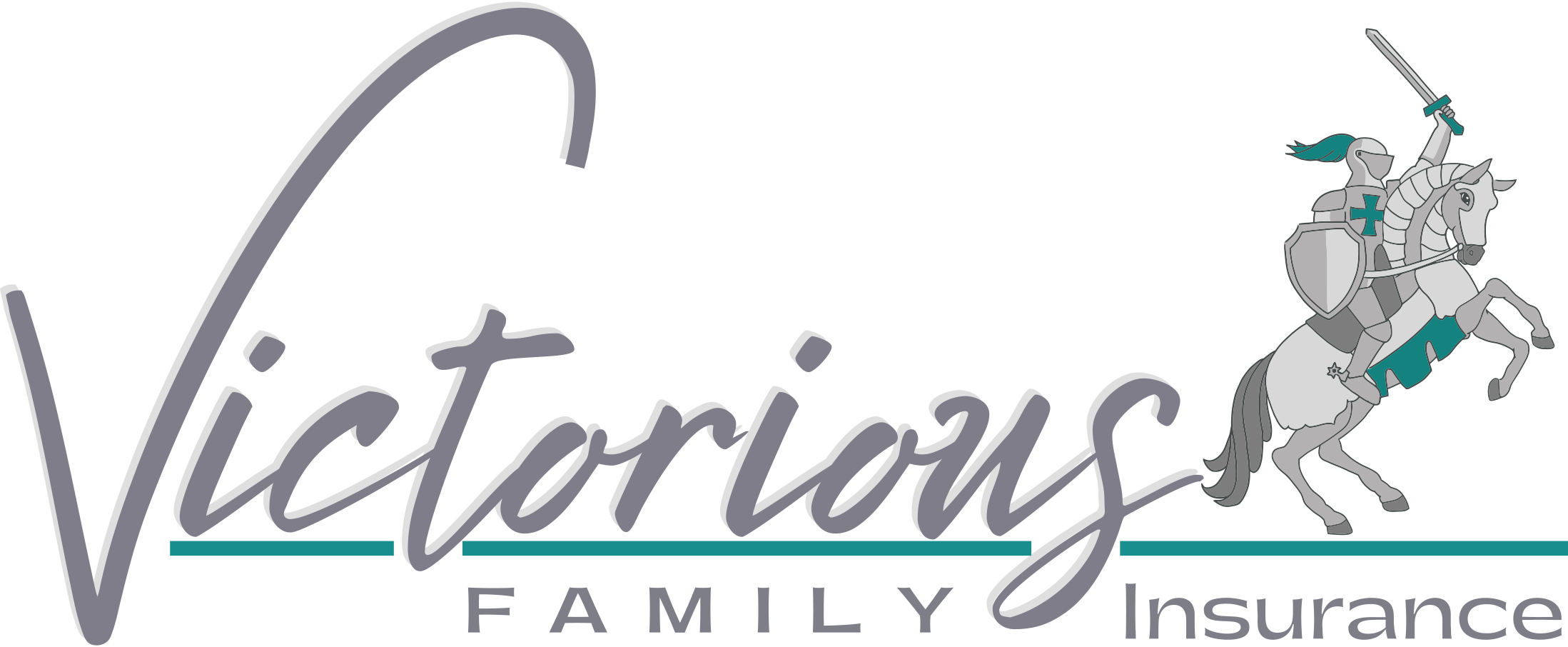Some common road sign misconceptions include misunderstanding the right-of-way at intersections, misinterpreting the meaning of speed limits, and confusing temporary and regulatory signs. These misunderstandings can lead to traffic violations and dangerous driving situations.
Common misconceptions about regulatory signs
- Yield signs: Many drivers mistakenly treat a yield sign as a full stop sign. The rule actually requires drivers to slow down and prepare to stop if necessary, giving the right-of-way to other vehicles or pedestrians. A full stop is only required if traffic conditions demand it.
- Four-way stops: Drivers at four-way stops may not be clear on the rules of who has the right-of-way. The correct procedure is that the first vehicle to arrive at the intersection and stop completely should proceed first. If two cars arrive at the same time, the one on the right has the right-of-way.
- No turn on red: In areas where turning on a red light is typically allowed, a “No Turn on Red” sign is often overlooked. It means a complete stop and no turn, even if the road is clear.
- Speed limits: Some drivers believe they can exceed the posted speed limit if they are keeping up with the “flow of traffic”. However, the posted speed limit is the maximum legal speed under ideal conditions, and drivers can be ticketed for exceeding it.
- “No Entry” signs: This sign, often a white rectangle on a red circle, means no vehicular traffic is allowed to enter the area. Some drivers mistake it for a yield sign.
Misinterpretations of warning and guide signs
- Merge signs: A “Merge” sign is often mistaken as an indicator that the driver in the merging lane has the right-of-way. In reality, the vehicle in the lane that is ending must yield to traffic in the lane it is merging into.
- Minimum speed signs: A white number on a blue background indicates a minimum speed, and many drivers are unfamiliar with this sign. This can cause some drivers to mistakenly believe it is a standard speed limit.
- Animal crossing signs: Warning signs for deer, cattle, or other animals are often ignored. Drivers may not slow down, which increases the risk of an accident when animals suddenly cross the road.
- Pedestrian crossing signs: While most people understand this sign, drivers may forget that pedestrians have the right-of-way in a marked crosswalk and must be yielded to. Pedestrians, meanwhile, should not assume they are fully protected by painted lines and must cross with caution.
Other common misunderstandings
- Temporary signs: Temporary signs for construction or accidents are typically orange or pink and are sometimes disregarded. Some drivers assume these warnings don’t apply if they don’t see workers or a specific hazard right away.
- Yellow lights: Many drivers see a yellow light as a signal to speed up and “beat the red light”. A yellow light is a warning to prepare to stop and only proceed if stopping would be unsafe.
- Road markings: Road markings are often misunderstood. For instance, a solid white line discourages lane changes, while a broken white line allows them. Drivers may not know the difference or ignore the warnings.
